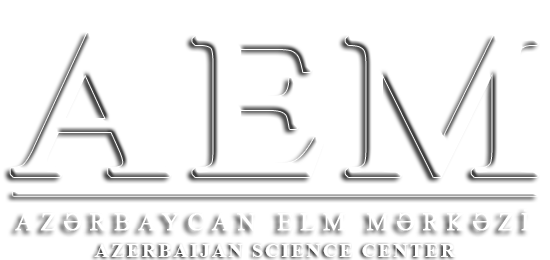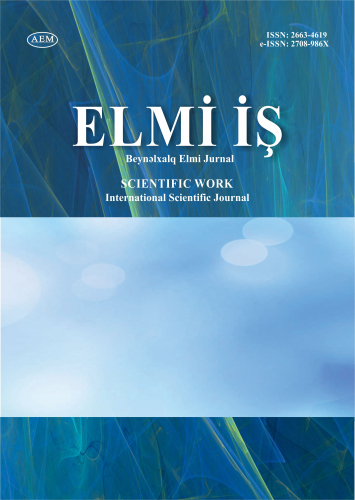https://doi.org/10.36719/2663-4619/110/127-132
Khalid Akhundov
Azerbaijan State Oil and Industrial University
Master student
https://orcid.org/0009-0009-4462-6180
Application of H∞ Control to Non-Linear Quadrotor Systems
Abstract
This study explores the application of the H∞ control method to regulate the non-linear dynamics of quadrotors, which are increasingly used in applications requiring high stability and adaptability, such as surveillance, delivery systems, and search and rescue operations. Quadrotors' inherent non-linearities and susceptibility to external disturbances present significant challenges for conventional control methods. The H∞ controller, designed to minimize the worst-case gain of the system’s transfer function, ensures robust performance by limiting disturbance amplification and stabilizing the system. The controller was implemented using the algebraic Riccati equation, with MATLAB and Simulink simulations evaluating its effectiveness under Gaussian and sinusoidal disturbances of varying amplitudes and frequencies. Results demonstrated the controller's ability to maintain stability, minimize steady-state errors, reduce oscillations, and ensure precise trajectory tracking across positional and rotational states. These findings confirm the H∞ controller's potential for real-world UAV applications, offering a robust and reliable solution to manage unpredictable and dynamic environments.
Keywords: H∞ control, quadrotor dynamics, non-linear systems, external disturbances, UAV stability, algebraic Riccati equation, dynamic environments, disturbance rejection, UAV control systems

